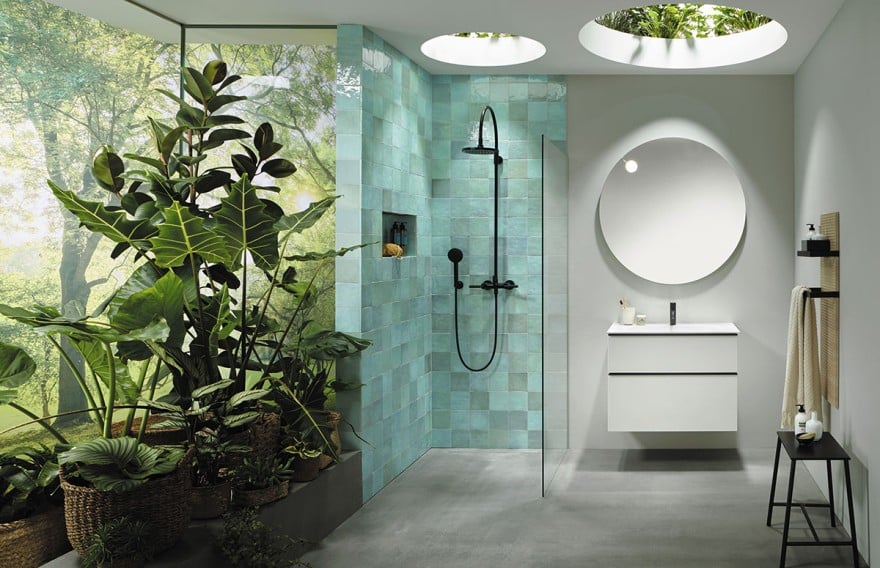In the ever-evolving realm of interior design, the concept of “living bathrooms” has gained traction, transforming these essential spaces into more than just utilitarian zones. Traditionally, bathrooms were considered purely functional areas for personal hygiene, but the current trend seeks to blur the lines between the bathroom and the rest of the home, creating spaces that exude comfort, style, and a sense of livability. This article explores the key elements and design principles behind living bathrooms, aiming to redefine the way we perceive and experience these private sanctuaries.
Integrating Nature:
One of the defining features of living bathrooms is the incorporation of natural elements. Bringing the outdoors inside not only adds a touch of tranquility but also fosters a connection with nature. Consider incorporating indoor plants, natural materials like stone and wood, or even a strategically placed window to allow natural light to flood the space. This infusion of nature not only enhances aesthetics but also contributes to a serene and rejuvenating atmosphere.
Smart Technology:
Living bathrooms often embrace the latest advancements in smart technology to enhance functionality and convenience. From sensor-activated faucets and smart mirrors to programmable lighting and temperature-controlled showers, integrating these technologies can elevate the bathroom experience. Smart features not only add a futuristic touch but also contribute to energy efficiency and sustainability, aligning with the modern ethos of eco-friendly living.
Multi-functional Furniture and Storage:
To maximize space and promote a sense of livability, living bathrooms incorporate multi-functional furniture and clever storage solutions. Floating vanities, wall-mounted cabinets, and built-in shelving systems help declutter the space while providing ample storage for toiletries and essentials. Multi-functional furniture, such as a vanity that can double as a workspace or a seating area, adds versatility to the bathroom, making it a more dynamic and practical space.
Personalized Touch:
Customization and personalization play a pivotal role in the design of living bathrooms. Homeowners are increasingly opting for bespoke features that reflect their tastes and preferences. Whether it’s unique tiling patterns, custom cabinetry, or personalized artwork, infusing the bathroom with elements that resonate with the occupant’s personality creates a space that feels truly lived-in and inviting.
Warmth and Comfort:
Creating a warm and inviting ambiance is essential in a living bathroom. The use of warm color palettes, plush textiles, and ambient lighting contributes to a cozy and comfortable atmosphere. Heated flooring, towel warmers, and even fireplace installations are becoming popular choices to add a touch of luxury and ensure the bathroom remains a welcoming retreat, especially during colder seasons.
Conclusion:
Living bathrooms represent a paradigm shift in the way we approach the design and functionality of these intimate spaces. By blending nature, technology, multi-functionality, personalization, and comfort, designers and homeowners alike can create bathrooms that transcend mere utility, becoming holistic retreats within the home. As the concept continues to evolve, living bathrooms are poised to redefine our expectations, offering a harmonious fusion of practicality and aesthetics that cater to the modern desire for a more comfortable and stylish living environment.

